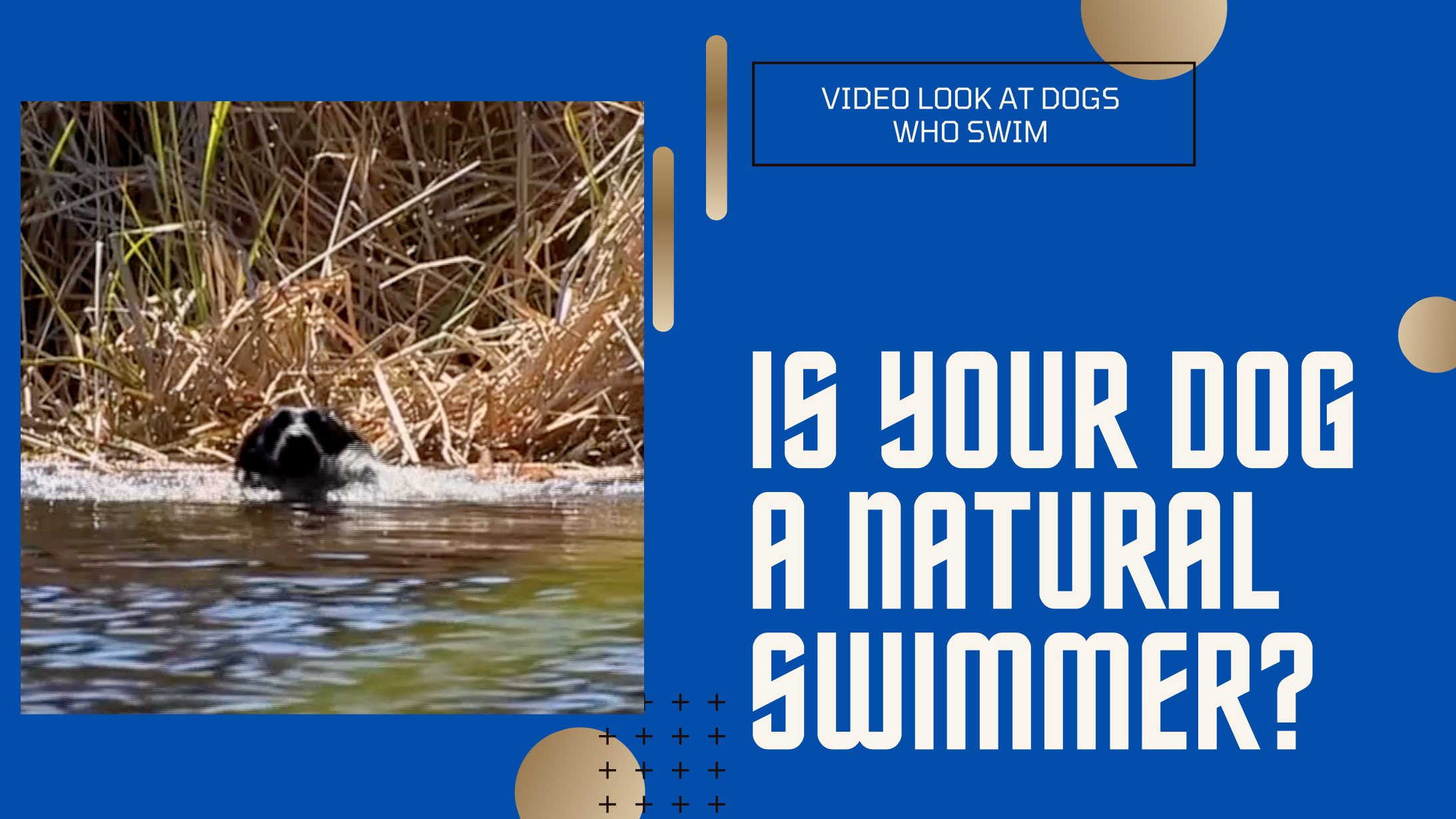Where Did the Labrador Come From?
An American Field Labrador Retriever is typically leane than its English genetic sibling. The head isn’t as round/square as an English Lab. These dogs are bred for longer legs because they are primarily worked in the U.S. in competitions and hunting.
To quote the American Kennel Club, “The Standard of the Breed requires a strongly built general appearance. They are medium-sized dogs and short-coupled. Labradors have a sound, athletic conformation. They are well-balanced dogs. They are a family companion and are suitable for a variety of pursuits beyond hunting. The most obvious characteristic is the otter tail and thick coat. As the proud papa of Labrador Retrievers, I am amazed at how well these working dogs adapt to water. It’s in their DNA as a matter of fact.”
There is a lot of myths about Labradors. They are not from Labrador, Canada. They hail from Newfoundland, off the Labrador Sea, and were first bred sometime around the 1500s. They were bred as a “fisherman’s friend” because they helped to bring in fishing nets after a day’s catch. Or so the story goes.
It’s been stated that the Labrador was actually brought to the Nova Scotia region by Portuguese explorers, and then adopted by English sailors, and used as hunting dogs in England by nobles. Much of this information was gleaned directly from the AKC.
With their smaller bodies and muscular builds, a short dense coat, and famous otter tail, Labradors are one most popular breeds, according to the American Kennel Club.
It’s easy to fall in love with Labradors, everything about them is gentle and they are fiercely faithful. They typically have a loving temperament and are great family dogs.
For more than 15 years our family has owned, trained, and competed in events with Labradors. They are eager to learn, and love treats. That’s what makes them such willing athletes in activities like Hunting Tests, Agility, Field Trials, Dock Diving, and the Obedience ring.
There’s really nothing bad to say about Labradors, but depending on their pedigree some tend to get overweight. Too many treats aren’t good for a Labrador. Instead, they love the outdoors and exercise. Plan to take a Labrador for a walk daily. Incidentally, the original name given by the Portuguese was “lavrador,” meaning small landholder.
At some point in history, the English referred to the Labrador as the “St. John’s dog” acknowledging the St. John’s area of Newfoundland.
They are not backyard dogs. If you don’t have the time, or energy to get up early in the mornings to walk your dog do not get a Labrador. Try a small dog breed that doesn’t require as much exercise. Walks alone won’t cut it either.
These dogs were bred to “work” for a living and they love doing it. Creating a routine centered on various games can stimulate their bodies and minds. You can find all sorts of games for sporting dogs like Labradors on YouTube. With that said be sure to have your Lab checked out by a Vet before you create a detailed exercise plan. Labradors can and do, get injured, and one way of preventing it to have a regular physical check-up by a Vet.
English vs. American Breeds
In the early 1800s Labradors found their way to England and were bred mostly for waterfowl hunting. The Kennel Club in England first recognized the Labrador breed in 1903. They were recognized as purebred by the American Kennel Club shortly thereafter.
No sooner had Labradors arrived in America, breeders began to develop what’s known today as an “American Field” Lab. This is controversial only because it might appear to go against the “standard of the breed” as designated by the AKC. American Field dogs are often taller and leaner than their English cousin. They sometimes do not posses the famous “otter tail.”
The size of their head and the shape of their snout might also be different. However, they are not distinct breeds necessarily. Both the English and American dog fall under the same breed.
Both English and American Field Labradors are true working dogs and take to water naturally. Labradors are mostly foodies. That’s what makes many of them so much easier to train. They will do anything for a bite to eat! As the video shows Labradors love natural terrains, and swimming is ingrained in them. Although in competition circles in American it is the “American Field” Labrador that seems to win all the blue ribbons in Hunt Tests and Field Trials.






























